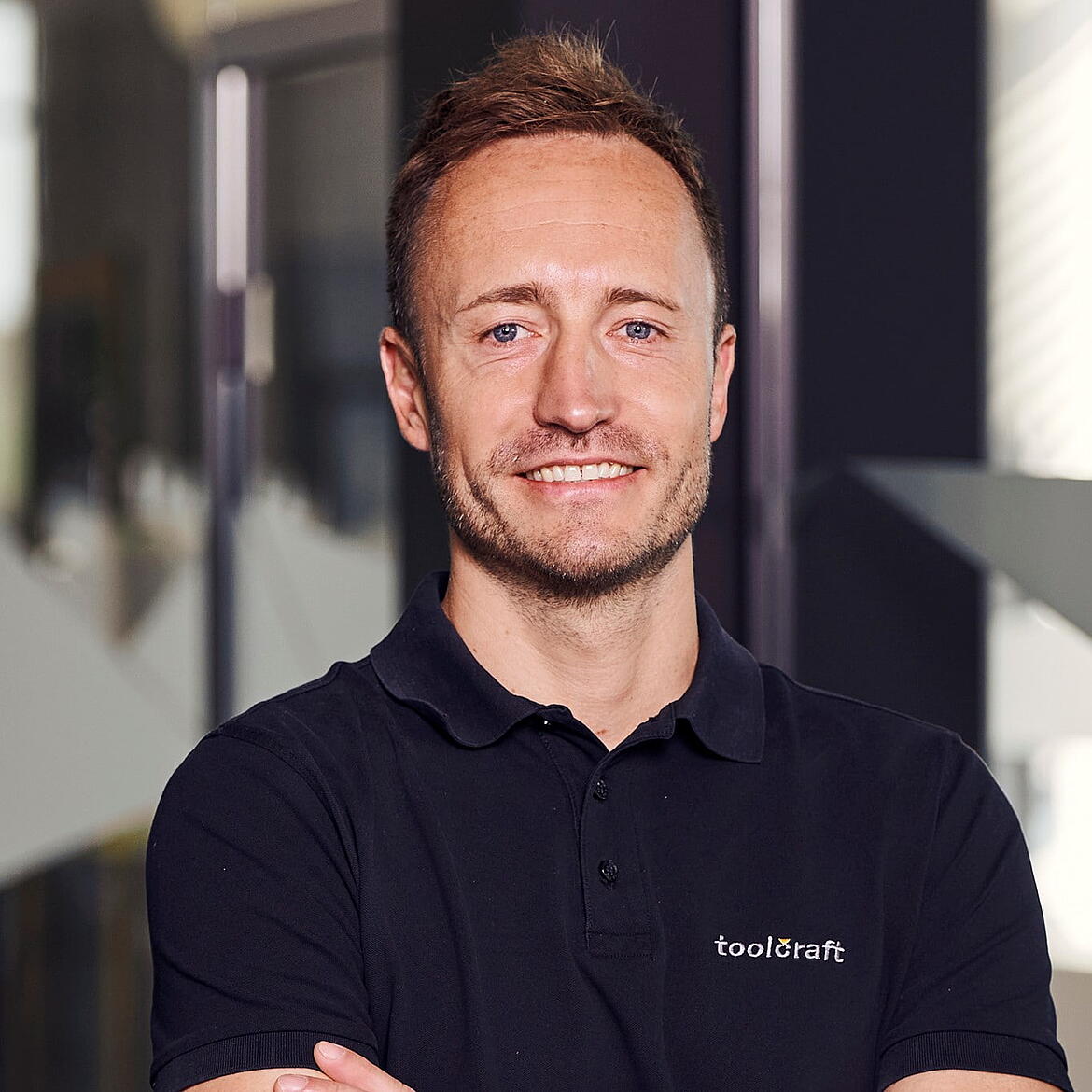Initial Situation:
Flexible, innovative production processes are a prerequisite for combining material efficiency with energy efficiency. For years, robotics has played a key role in toolcraft’s ability to meet this prerequisite. Robotics can be used in a wide range of applications, including milling. Additive manufacturing, on the other hand, makes an important contribution to energy-efficient and resource-efficient production systems by enabling the production of complex components without product-specific investment costs. However, plastic-based additive manufacturing has several limitations. These include the low mechanical properties in the build-up direction and low surface qualities as well as the limited variety of materials.
Goals:
The aim of the project is to create 3D load-path optimised and functionally integrated, hybrid, lightweight structures with the help of a novel and flexible robot cell consisting of two robots. The robots are to be capable of granulate-based additive-subtractive machining. The structures should also have functional surfaces with a high surface quality. Through the load-optimised integration of continuous fibres and the integration of connecting elements or mechatronic systems, the components can be specifically adapted and a highly resource-efficient approach can be taken for the production of functionalised lightweight structures.
Process:
The requirements to be placed on the material and the test geometries are to be determined at the start of the project. The material is to be designed and made available and the integration of the continuous fibres in the additive manufacturing process is to be planned. Another important point is the development of concepts for the automated placement of inserts in the additive manufacturing process. Precise process control is important for creating the desired functional surfaces, which is why appropriate strategies for the robots to measure the component and force-path compensation are needed. The robot demonstrator cell on which the required tests are to be performed is located at toolcraft. An important part of the project is the derivation of generalised statements and the investigation and comprehension of the causal relationships. The knowledge and strategies gained during the project are to be implemented and validated on demonstrators.





